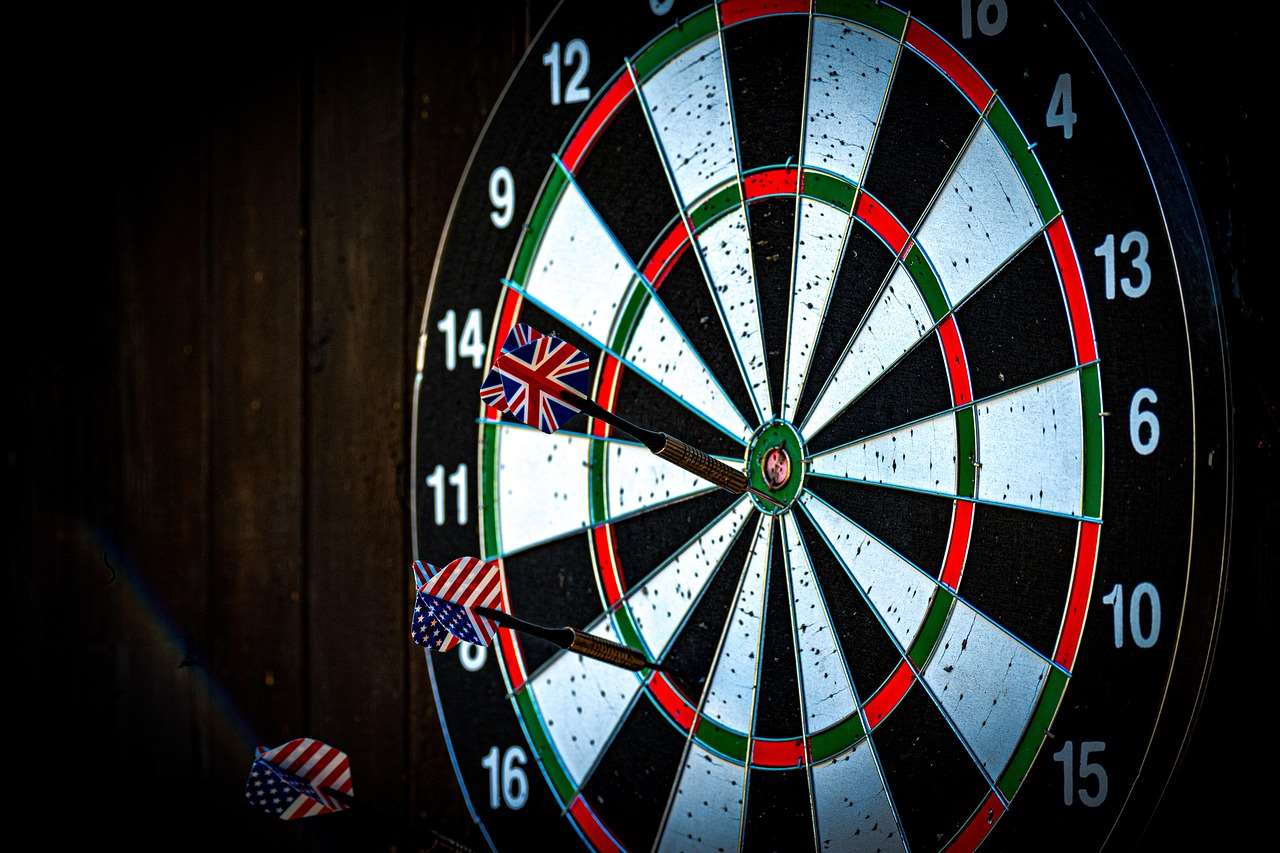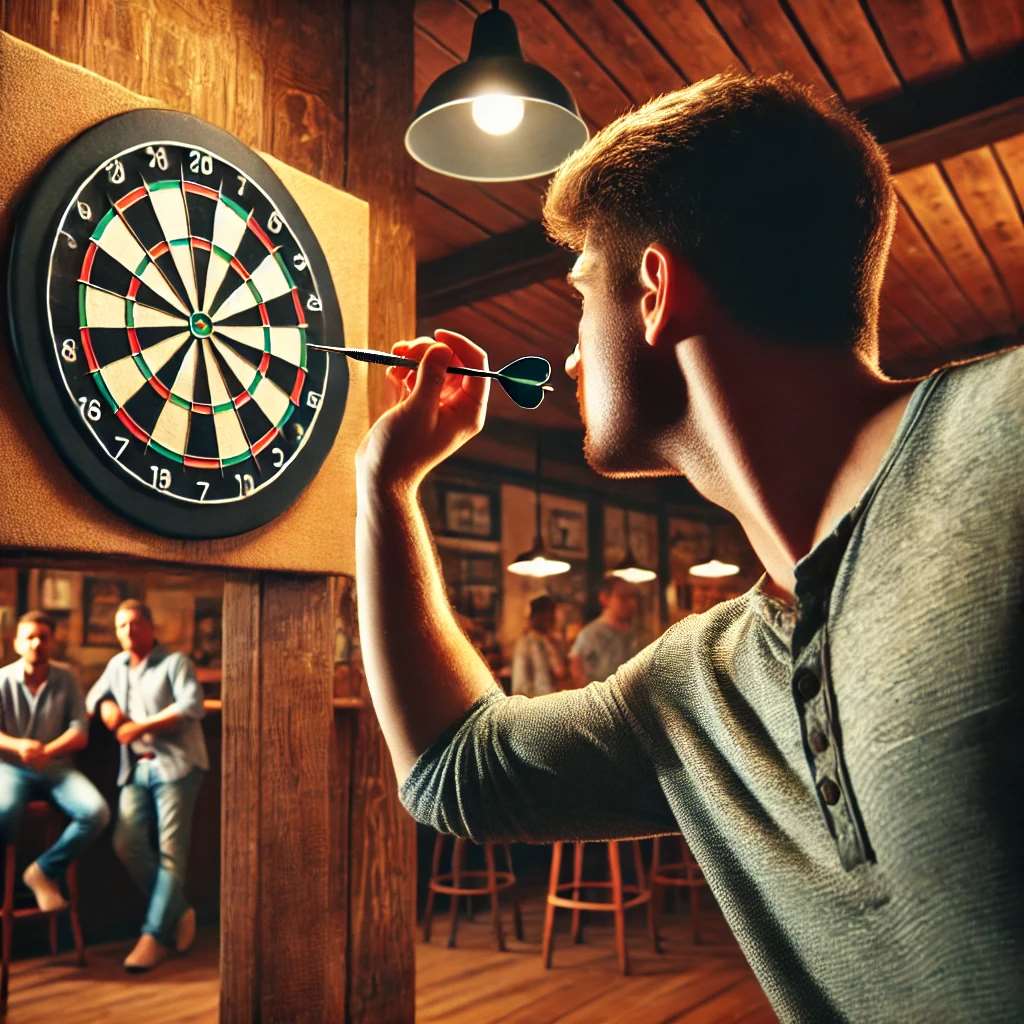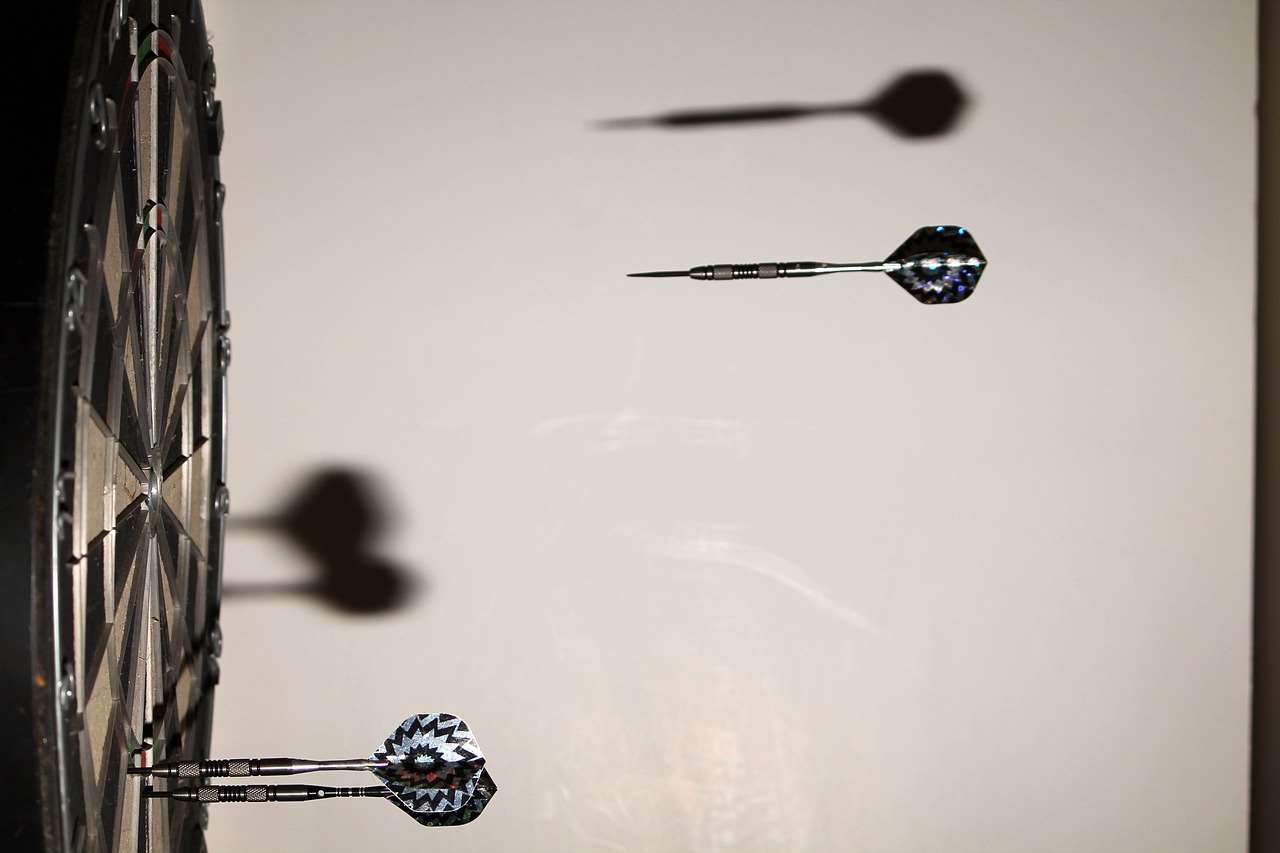Fair play darts handicaps are essential for creating enjoyable and competitive matches between players of varying skill levels; they level the playing field by giving less experienced players an advantage. This article explores various handicap systems, providing practical tips for implementation and ensuring everyone has a shot at winning.
⚠️ Still Using Pen & Paper (or a Chalkboard)?! ⚠️
Step into the future! The Dart Counter App handles all the scoring, suggests checkouts, and tracks your stats automatically. It's easier than you think!
Try the Smart Dart Counter App FREE!Ready for an upgrade? Click above!
Understanding the Need for Fair Play Darts Handicaps
In darts, as in many sports, a significant skill gap can make games uninteresting for both participants. A seasoned player consistently outperforming a novice removes the element of challenge and enjoyment. This is where handicap systems come into play. By adjusting the game based on player abilities, fair play darts handicaps allow for more competitive and engaging matches.

Handicaps aren’t about making the game easier for everyone; they’re about creating a level of competition where skill is still rewarded, but less experienced players have a fighting chance. This promotes improvement, encourages participation, and makes darts more accessible to a wider audience. It’s also a fantastic way to spice up social gatherings.
Popular Darts Handicap Systems Explained
Several handicap methods are commonly used in darts, each with its own advantages and disadvantages. Understanding these systems is crucial for choosing the one that best suits your group and the skill levels involved.
Point-Based Handicaps
This is perhaps the simplest and most widely used handicap system. The stronger player starts with a higher score (e.g., 501), while the weaker player starts with a lower score (e.g., 301 or even lower). The difference in starting scores effectively gives the less skilled player a head start.
- Pros: Easy to understand and implement; requires minimal calculation during the game.
- Cons: The score difference might not accurately reflect the true skill gap, leading to potential imbalances. Finding the right balance for point-based handicaps takes experience.
Dart Deductions: A Negative Handicap
Instead of giving a weaker player a head start, this system imposes a penalty on the stronger player. They might have to deduct points from each of their scores, or even forgo certain throws entirely. For example, for every three darts, the stronger player might only count the total of two.
- Pros: Can be adjusted easily to match skill levels.
- Cons: Can become tedious to calculate; may frustrate the stronger player if the deduction is too severe.
Double In/Out Requirements for Stronger Players
A stronger player could be required to both double in *and* double out, whereas the weaker player can start and finish with any number. This significantly increases the challenge for the better player, as hitting doubles consistently requires precision.
- Pros: Adds a significant challenge for the stronger player without directly penalizing their scoring.
- Cons: Can be frustrating for the stronger player, especially if they struggle with doubles.

“Spotting” Darts
The weaker player may be “spotted” a certain number of points at the beginning of each leg, perhaps 20 or 40 points. This can be used together with other handicap schemes to fine-tune the fairness of the game. This can be adjusted depending on how the game is progressing.
- Pros: Provides a way to customize handicaps for different dart game types.
- Cons: Requires careful monitoring and adjustment for balanced competition.
Implementing Fair Play Darts Handicaps Effectively
Choosing the right handicap system is only the first step. Successfully implementing fair play darts handicaps requires careful consideration, communication, and a willingness to adjust based on experience.
Assess Player Skill Levels
Before implementing any handicap system, accurately assess the skill levels of all players involved. This can be done through friendly practice games, observing their throwing technique, and noting their average scores. Be honest and objective in your assessment. Remember to account for the fact that Beginner level darts players might need a very different handicap than someone who plays more regularly.
Start with Small Adjustments
Don’t overdo the handicaps initially. Start with small adjustments and gradually increase them as needed. It’s better to err on the side of being too lenient than too strict. It can also be helpful to find How to make darts fairer with handicap rules.
Communicate Clearly
Explain the chosen handicap system clearly to all players before the game begins. Ensure everyone understands the rules and how they are being applied. Open communication can prevent misunderstandings and resentment.
Be Prepared to Adjust
The initial handicap settings may not be perfect. Be prepared to adjust them based on the actual performance of the players during the game. Flexibility is key to ensuring a fair and competitive match. If the weaker player is consistently losing even with the handicap, increase the advantage. If the stronger player is still dominating, increase the penalty.

Consider Team Handicaps
When playing in teams, consider handicapping teams based on the overall skill level of their members. This can involve averaging the individual handicaps of each player or assigning a handicap based on the team’s overall performance in practice games.
Choosing the Right Handicap Method for Your Group
The best handicap method depends on the specific circumstances of your group, including the skill levels of the players, the type of game being played, and the overall atmosphere you’re trying to create.
For Casual Games:
A simple point-based handicap system or a slight adjustment to the starting score is usually sufficient. The goal is to create a reasonably competitive game without overly complicating the rules.
For More Competitive Games:
Consider using a combination of handicap methods, such as point-based handicaps combined with double in/out requirements for the stronger player. This allows for more precise adjustments and can create a more challenging and rewarding experience for everyone involved.
For Groups with Widely Varying Skill Levels:
Dart deductions or a more substantial point difference might be necessary to level the playing field. Be prepared to experiment and adjust the handicaps frequently to find what works best.

Advanced Strategies for Fair Play in Darts
Beyond basic handicap systems, there are more advanced strategies that can further enhance the fairness and enjoyment of darts games.
Dynamic Handicaps
These handicaps adjust during the game based on the current score or performance of the players. For example, if the weaker player is consistently trailing, the handicap could be increased mid-game to give them a better chance of catching up.
Handicap Tournaments
In tournaments, handicaps can be used to create more balanced brackets and ensure that players of all skill levels have a chance to compete for prizes. This often involves assigning players a handicap based on their historical performance and adjusting their scores accordingly.
Rotation of Partners
If playing in teams, rotate partners regularly to ensure that everyone gets a chance to play with and against different players. This can help to balance the overall skill level of the teams and prevent any one team from dominating.
The Importance of Sportsmanship and Fair Play
Regardless of the handicap system used, good sportsmanship and a commitment to fair play are essential for creating a positive and enjoyable darts experience. Remember that the goal is to have fun and improve your skills, not to win at all costs. Be respectful of your opponents, congratulate them on good shots, and avoid making excuses for poor performance.

Also, Dart game variations with modified rules provide opportunities for innovation in handicapping methods.
Conclusion: Elevating the Darts Experience with Fair Play
Implementing fair play darts handicaps is a vital step in creating a more inclusive, competitive, and enjoyable experience for all players. By understanding the different handicap systems available, assessing player skill levels accurately, and communicating clearly, you can level the playing field and ensure that everyone has a chance to win. Embrace the spirit of sportsmanship, be prepared to adjust handicaps as needed, and remember that the ultimate goal is to have fun and foster a love of the game. Experiment with these strategies and discover the best ways to enjoy darts with players of all skill levels. Now, gather your friends, implement these handicap rules, and experience the thrill of truly fair and competitive darts matches!
Hi, I’m Dieter, and I created Dartcounter (Dartcounterapp.com). My motivation wasn’t being a darts expert – quite the opposite! When I first started playing, I loved the game but found keeping accurate scores and tracking stats difficult and distracting.
I figured I couldn’t be the only one struggling with this. So, I decided to build a solution: an easy-to-use application that everyone, no matter their experience level, could use to manage scoring effortlessly.
My goal for Dartcounter was simple: let the app handle the numbers – the scoring, the averages, the stats, even checkout suggestions – so players could focus purely on their throw and enjoying the game. It began as a way to solve my own beginner’s problem, and I’m thrilled it has grown into a helpful tool for the wider darts community.